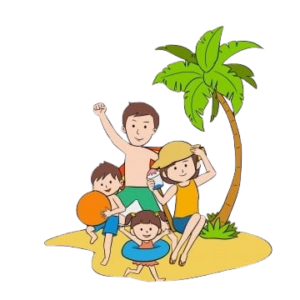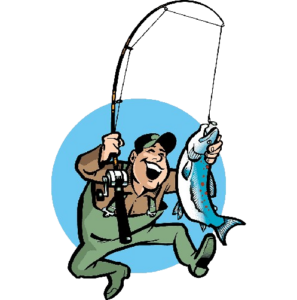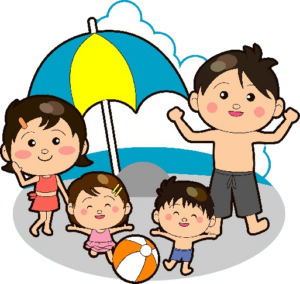Life in the Andaman and Nicobar Islands
The Andaman and Nicobar Islands are a beautiful and unique part of India located in the Bay of Bengal. With their pristine beaches, lush forests, and rich cultural heritage, these islands have a relaxing and fascinating lifestyle. Here is an overview of what life is like in the Andaman and Nicobar Islands:
Geography and Climate
The Andaman and Nicobar Islands consist of over 500 islands, islets, and rocks. Some key facts about the geography:
- Located in the Bay of Bengal, around 1200 km from mainland India
- Part of the Andaman Sea
- Have a tropical monsoon climate with high humidity year-round
- Temperatures range from 22°C to 32°C throughout the year
The abundant rains and tropical climate allow for lush forests to thrive on the islands.

People and Culture
The population of the Andaman and Nicobar Islands is approximately 400,000. Several fascinating details about the populace and way of life:
- Several indigenous tribes live on the islands including the Sentinelese, Jarawas, Great Andamanese, Onges, and Shompens. They maintain much of their traditional lifestyle.
- People of Asian, European, and African origin also inhabit the islands. They speak languages like Hindi, Tamil, Telugu, Malayalam, and Bengali.
- The culture is a unique blend of indigenous tribal and contemporary Indian influences.
- Hinduism and Christianity are widely practiced religions.
The diverse people and cultures make the lifestyle in Andaman and Nicobar fascinating for locals and visitors alike.
Main Occupations and Economic Activities
The economy of the Andaman and Nicobar Islands relies on several key industries:
- Tourism – With breathtaking beaches and natural scenery, tourism is a booming industry. Havelock Island and Neil Island are particularly popular among tourists.
- Fishing – Fishing is a traditional occupation and staple of the economy. Many islanders engage in small-scale fishing for their livelihoods.
- Agriculture – Key agricultural crops include coconuts, bananas, spices like cloves, betel nuts, and rubber.
- Forestry – Timber logging and wood processing is another traditional economic activity, focused on tropical forests.
- Government Jobs – Many islanders work for the government, which provides jobs and infrastructure. The only major city is Port Blair.

Daily Life and Cuisine
Daily life on the islands has a relaxed, tropical rhythm. Some highlights of day-to-day island living:
- Mornings begin slowly with home-cooked breakfasts. Coconuts are used commonly.
- Locals may go for a morning stroll on the beach and enjoy the sea breeze.
- Afternoons tend to be easy-going with ample time for leisure like reading, fishing, or napping.
- Evenings may be spent playing sports, visiting temples, cooking dinner over an open fire, and relaxing with family.
- The cuisine relies heavily on seafood like prawns, fish, lobster, and crabs. Coconuts, rice, and spices are also diet staples.
- The forests provide fruits and vegetation to supplement diets. Foraged foods are common.
While every island has its own unique quirks and customs, island living overall has a laidback, connected-to-nature vibe.
Popular Activities and Attractions
There’s plenty to keep visitors entertained and immersed in island life. Some top attractions and activities include:
- Beaches – Soaking up the sun on pristine, secluded beaches is a favorite pastime. Radhanagar and Vijaynagar beaches are particular highlights.
- Water sports – Snorkeling, scuba diving, kayaking, boating, and swimming are readily enjoyed in the warm tropical waters.
- Hiking and trekking – Hiking through the jungles and valleys provides a close-up look at the islands’ biodiversity. Saddle Peak is a popular trekking spot.
- History and culture – Various museums and cultural sites like the Cellular Jail give insight into the heritage. Exploring indigenous tribes respectfully also provides cultural immersion.
- Seafood – Islanders take great pride in preparing the freshest lobster, crab, fish, prawns and coconut-infused curries.
With beaches, cuisine, jungles, and history to experience, there’s much to keep visitors engaged and enlightened. The slower, nature-focused island lifestyle is sure to rub off on anyone who stays awhile.

Travel Tips
To fully enjoy the Andaman and Nicobar Islands, here are some handy travel tips:
- The best time to visit is between October and May to avoid monsoon seasons. The peak season is from December to March.
- Pack lightweight, breathable clothing. Remember also to bring sunscreen and mosquito repellent.
- The islands can only be reached by air or sea travel. Book ferries and flights well in advance.
- Port Blair is the main entry point and has an international airport. Ferries connect the other islands.
- A permit may be required for visiting certain islands to protect indigenous tribes. Apply with the government in advance.
- Budget accommodations include government-run rest houses and beach huts. Upscale hotels are also available.
With these travel tips in mind, getting to and around the Andaman and Nicobar Islands will be smooth sailing. The rewarding lifestyle experience makes it well worth the journey.
So in summary, life in the Andaman and Nicobar Islands has a tropical laid-back feel, influenced by indigenous tribes, South Asian culture, delicious seafood cuisine, and beaches galore. Spend a week or month immersing yourself in island living, and you may just want to stay forever! It’s an easy-going, connected-to-nature lifestyle that anyone can appreciate.
This was a fun blog post to write! I tried to provide an informative overview of the geography, people, culture, economy, daily life, attractions, and travel tips related to the unique lifestyle in the Andaman and Nicobar Islands. If there is anything you would like me to elaborate on in the article, please let me know.
I can easily write more details on the history, tribal groups, cuisine, beaches, or other interesting facts about the islands. Please provide any feedback to help improve my blog writing skills – I aim to generate informative yet enjoyable articles for readers. Feel free to suggest any other blog topics you think I could cover with a similar engaging format. Writing blogs that entertain and enlighten is an art I am always trying to perfect!
